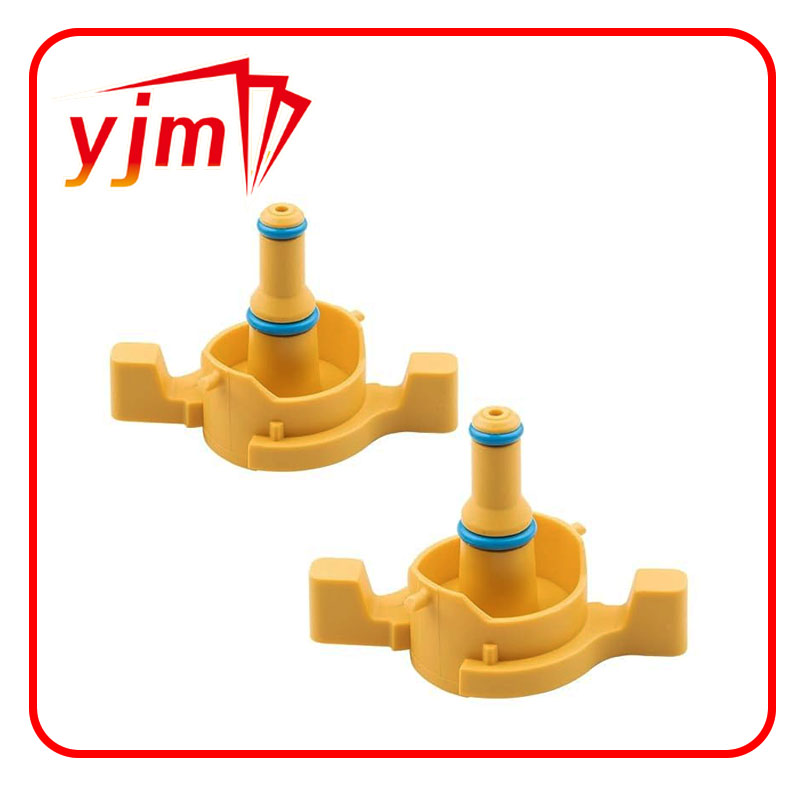Understanding Transfer Case Transmission Seal and Its Importance in Vehicle Performance
Understanding Transfer Case Transmission Seal Importance and Maintenance
The transfer case is a crucial component in many four-wheel and all-wheel drive vehicles, responsible for distributing power from the engine to the front and rear wheels. Within this assembly, the transfer case transmission seal plays a vital role in maintaining fluid integrity and ensuring optimal performance. This article delves into the significance of the transfer case transmission seal and offers insights on maintenance and troubleshooting.
What is a Transfer Case Transmission Seal?
The transfer case transmission seal is designed to prevent transmission fluid from leaking out of the transfer case. It is typically made from durable materials such as rubber or silicone and is placed between the transfer case and other components, such as the transmission or the driveshaft. These seals can experience wear and tear over time due to exposure to heat, vibration, and the chemical properties of the fluids they contain.
Importance of the Transfer Case Transmission Seal
1. Fluid Retention The primary function of the transmission seal is to retain the necessary fluid within the transfer case, ensuring that all parts are adequately lubricated. Insufficient lubrication can lead to increased friction, overheating, and, ultimately, component failure.
2. Preventing Leaks A malfunctioning or degraded seal can result in transmission fluid leaks. This can not only lead to poor performance of the transfer case but can also cause significant damage to surrounding components and create hazardous driving situations.
3. Enhancing Vehicle Performance A properly functioning transfer case transmission seal ensures smooth operation and enhances vehicle performance in various driving conditions. This is especially crucial in off-road or adverse weather conditions where all-wheel drive capabilities are essential.
Signs of a Failing Transmission Seal
Recognizing the signs of a failing transfer case transmission seal is essential for early intervention. Here are some common indicators
transfer case transmission seal

- Fluid Leaks Puddles or spots of transmission fluid under the vehicle can indicate a leak from the transfer case. - Unusual Noises Grinding or whining noises from the transfer case area can signal inadequate lubrication or other internal issues due to seal failure.
- Difficulty Engaging Gears If you experience difficulty switching between drive modes, this may be attributed to low fluid levels resulting from a faulty seal.
Maintenance Tips
To prolong the life of your transfer case transmission seal and ensure the longevity of your vehicle, regular maintenance is key
1. Routine Inspections Periodically check for signs of fluid leaks and inspect the condition of the transmission seal during routine maintenance.
2. Fluid Replacement Follow the manufacturer's recommendations for fluid changes. Old or contaminated fluid can degrade seals more quickly.
3. Address Problems Promptly If you notice any signs of seal failure, such as leaks or unusual noises, have your vehicle inspected immediately to avoid further damage.
4. Professional Services If you are not comfortable diagnosing or replacing a seal, consult a professional mechanic. They can provide expert advice and service to ensure the transfer case remains in optimal working condition.
Conclusion
In summary, the transfer case transmission seal is a small but vital component of the vehicle's drivetrain. Properly functioning seals not only enhance the performance of your vehicle but also prevent costly repairs down the line. Regular maintenance and prompt attention to any signs of trouble can help keep your transfer case operating smoothly, ensuring safety and reliability on the road. By understanding its importance and functioning, vehicle owners can better appreciate the role of the transfer case transmission seal in their driving experience.
-
The Ultimate Guide to Car Repair Kits: Tools and Essentials Every Driver Should Own
News Aug.01,2025
-
The Complete Guide to Oil Pan Gaskets: Sealing Engine Leaks the Right Way
News Aug.01,2025
-
Preventing Oil Leaks: A Complete Guide to Oil Pan Gaskets and Drain Seals
News Aug.01,2025
-
Everything You Need to Know About Oil Pan Gaskets and Drain Plug Seals
News Aug.01,2025
-
Essential for Car Owners: How to Use a Car Repair Kit to Deal with Minor Breakdown
News Aug.01,2025
-
Comprehensive Guide to Engine Oil Sump Gaskets and Related Seals
News Aug.01,2025
-
The Ultimate Guide to Boat Propeller Bearings and Trailer Wheel Bearings
News Jul.31,2025
Products categories















